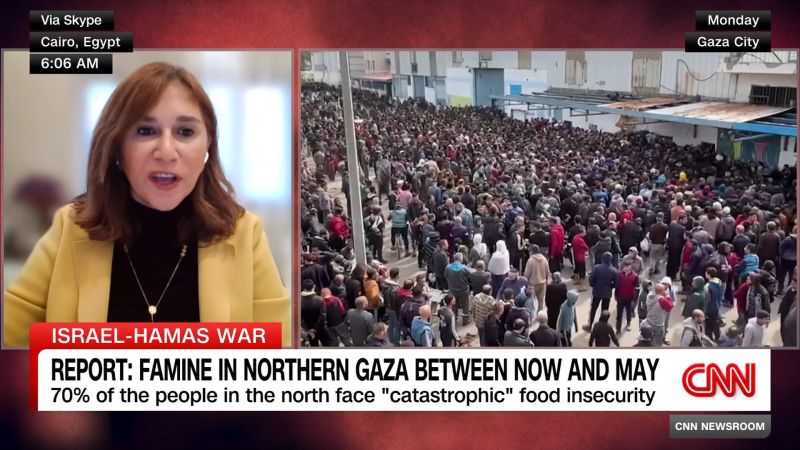In Northern Gaza, a humanitarian crisis of unfathomable proportions is steadily unfolding. Over one million people are currently confronting catastrophic levels of hunger, a shocking situation brought to light by a new report. This looming famine does not discriminate. It affects old and young, men and women, with equal cruelty, and unless immediate action is undertaken, the disturbing reality could turn direr.
The plight of Gaza’s denizens is rooted in a complex web of geopolitical tensions, economic struggles, and environmental challenges. The blockade, which has been in effect since 2007, has significantly contributed to this dire situation. The restrictions on the movement of goods and people have decimated the local economy and vital sectors such as agriculture and fishing. Moreover, repeated military operations have not only caused death and destruction but have also greatly affected the region’s infrastructure and capacity for self-sufficiency.
To compound the problem, access to clean water is difficult, if not impossible for many. The World Health Organization states that over 90 percent of water from Gaza’s only aquifer is undrinkable, forcing the residents to rely on expensive and often unavailable desalinated water. This interplay between scarcity of food and water has formed a vicious cycle propelling the food insecurity in the region.
In this crisis, the most affected demographics include children, the elderly, and women. According to the United Nations Relief and Works Agency, malnutrition rates among children under the age of five have continuously spiked over the past decade. Beyond immediate hunger, chronic malnutrition presents a further danger, as it impairs physical and cognitive development in children. Women, particularly pregnant and lactating ones, also face increased health risks due to insufficient nutrient intake.
The international community’s attempts at combatting the imminent famine have been a mix of successes and challenges. Various humanitarian agencies supply food, water, and other essential supplies; however, given the overwhelming number of affected individuals, it is proving to be a herculean task.
Moreover, the socioeconomic conditions in the region further compound the hunger crisis. Unemployment rates are high – hovering around 43 percent – pushing an increasing number of people into abject poverty. With limited economic opportunities, many families have no choice but to reduce their food intake, prioritize less nutritious but more affordable food options, or plunge further into debt.
Environmental conditions are also making food production harder. The climate in the region is harsh, marked by frequent droughts that affect agricultural yield. Coupled with the limited access to farming materials because of the blockade, the region’s ability to produce its own food has been dealt a severe blow.
Immediate and long-term strategies are urgently needed to avert imminent famine and mitigate the effects of food insecurity. It is time for the global community to look beyond short-term aid and work towards sustainable solutions that foster self-reliance and resilience. Sustainable agriculture, improved water management, economic investments, job creation, and above all, a peaceful resolution to the ongoing political crisis, are the keys to turning the tide in northern Gaza.
In summary, this food crisis is a stark reminder of how geopolitical, economic, and environmental factors intertwine to create a catastrophe. The call to aid more than a million people who are on the brink of famine needs to be heard. It is not just a question of humanitarian assistance but also of social justice and human rights. This situation marks the urgent need for convincing action at all levels – from local to international, and from immediate relief to long-term developmental planning.
